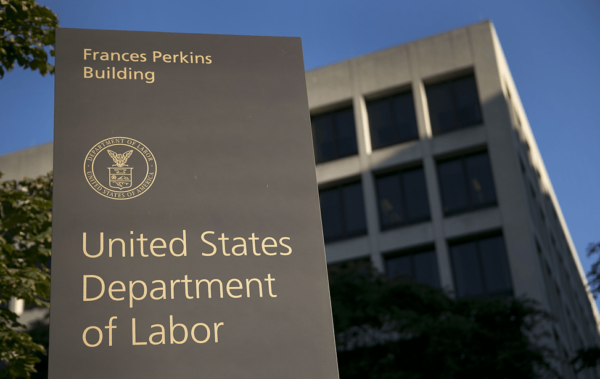Stocks suffer a turbulent week:
A positive GDP report showing that the economy grew at 3.5% in the third quarter, inflation was tame, and consumer spending was up, could not keep the markets from continuing to slide. This week. third quarter profits were reported that were below expectations. Those were mostly in the technology sector. Even Amazon did not hit their numbers. On the other hand, some companies like Ford and Tesla exceeded expectations. All in all, fears in the technology sector hit the NASDAQ hard. It lost 3.8% for the week and is now up just 3.8% for the year after being up 20% for the year just one month ago. The Dow and S&P also got hit hard down 3% and 3.9% respectively for the week. The Dow Jones Industrial Average closed the week at 24,688.31, down from 25,444.34 last week. It is down 0.1% year-to-date. The S&P 500 closed the week at 2,658.69, down from 2,767.78 last week. It’s down 0.6% year-to-date. The NASDAQ closed the week at 7,167.21, down from 7,449.03 last week. It’s up 3.8% year-to-date.
Treasury Bond Yields lower this week:
The 10-year Treasury bond closed the week yielding 3.08%, down from 3.20% last week. The 30-year Treasury bond yield ended the week at 3.32%, down from 3.38% last week. We watch treasury bond yields because mortgage rates follow bond yields.
Mortgage rates almost unchanged this week:
The October 25, 2018 Freddie Mac Primary Mortgage Survey reported that the 30-year fixed mortgage rate average was 4.86%, almost unchanged from 4.85% last week. The 15-year fixed was 4.29%, slightly up from 4.26% last week. The 5-year ARM was 4.14%, up from 4.10% last week.
GDP up 3.5% in third quarter:
The U.S. Bureau of Economic Analysis announced that the first reading of the nation’s gross domestic product (GDP) rose by 3.5% in the third quarter of 2018. That beat expectations of a 3.4% rise, but was well below the 4.2% increase registered in the second quarter of 2018. The report also said that The PCE price index, a key indicator of inflation, rose at a 1.6% annual rate in the quarter. That was well below the 2.2% annual increase analysts forecasted. Consumer spending, which accounts for about two thirds of the U.S. economy, grew by 4% in the third quarter. That marked the largest increase since the fourth quarter of 2014.
September Nationwide Existing Home Sales:
Data released this week from The National Association of Realtors showed that total existing home sales fell again in September. The number of existing homes sold in September fell 3.4% from August, and are down 4.1% from one year ago. The median price paid for a home in the U.S. was up 4.2% from last September. That marked the 79th straight month of year over increases. The unsold inventory index is at a 4.4 month supply, up slightly from a 4.2 month supply one year ago.
September California Existing Home Sales:
The California Association of Realtors reported that existing single family home sales totaled 382,550 in September on a seasonally adjusted annualized rate. That was down 4.3% from August and down a staggering 12.4% from last September, when sales totaled 436,920 on a seasonally adjusted annualized rate. The median price paid for a home in California was $587,850, up 4.2% from September 2017. On a more regional level, the median price increased 4.7% in Los Angeles County, 10.6% in Ventura County, and 3.3% in Orange County from one year ago. Inventory levels continued to rise after hitting historic lows in 2017. The unsold inventory index in California stood at a 4.2 month supply in September, up from a 3.3 month supply in September 2017. Inventory levels have now increased for 6 straight months and are up 20.4% from one year ago. Listings are at the highest level in 31 months. Los Angeles County has a 4.4 month supply, up from a 3.1 month supply last September. Orange County has a 4.3 month supply, up from 3.1 months last September. Ventura County had a 6.3 month supply of homes, up from a 4.7 month supply one year ago.
Have a great weekend!
Syd






